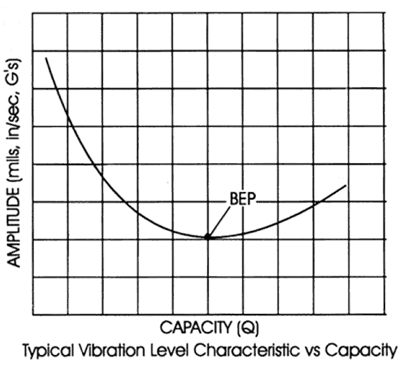
It is a common practice to monitor bearing temperature. The most accurate method to monitor the actual bearing temperature is to use a device that will contact the outer race of the bearing. This requires holes to be drilled into the bearing housings which is not always practical. The other method is the use of an infrared 'gun' where the analyst aims the gun at a point on the bearing housing where the temperature reading is going to be taken. Obviously, this method is the most convenient but there is a downside. The temperature being measured is the outside surface of the bearing housing, not the actual bearing temperature. This must be considered when using this method.
To complete the condition monitoring portion of a PPM program, many users have begun an oil analysis program. There are several tests that can be performed on the lubricant to determine the condition of the bearing or determine why a bearing failed so appropriate corrective action can be taken. These tests Include Spectrographic Analysis, viscosity Analysis, Infrared Analysis, Total Acid Number, Wear Particle Analysis and Wear Particle Count. Most of these tests have to be performed under laboratory conditions. Portable instruments are now available that enable the user to perform the test on site.


